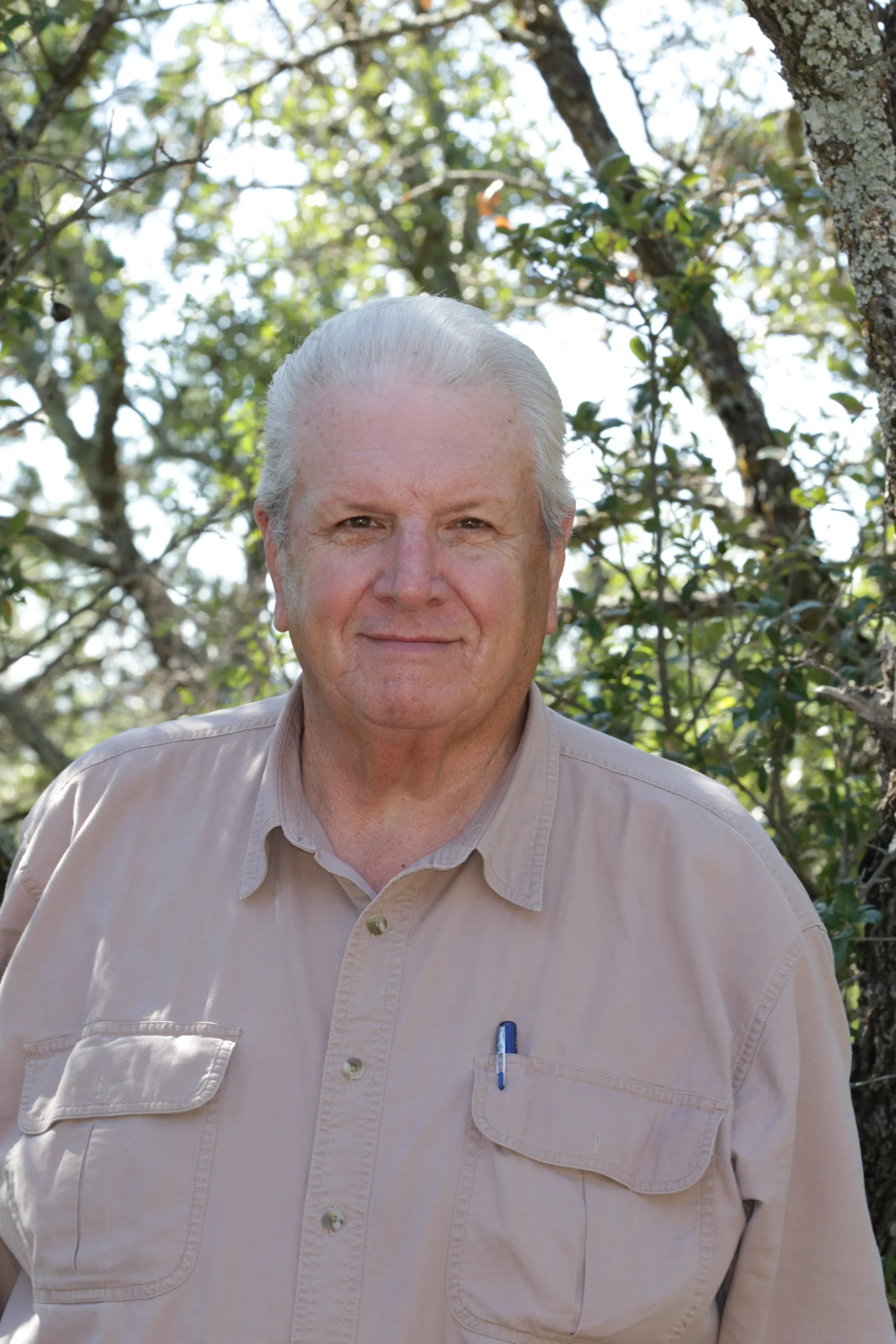The story of how the insect cochineal and prickly pear cactus forged a dyeing industry that lasted for centuries. Presentation looks back through American and foreign history as nations sought to find the greatest red color dye. 500 years ago, Spanish explorers discovered a bright red dye in the markets of the Aztecs in Central America. This dye was made from the scale insect known as cochineal and had been in use as a dye and medicinally for 1,000 years. Follow the intrigue as the Spaniards shipped the dried cochineal back to Spain and how other foreign countries fought to obtain the dye. Cochineal insects depend upon prickly pear cactus for their food and shelter. Learn about this interesting insect and its relationship with prickly pear.


